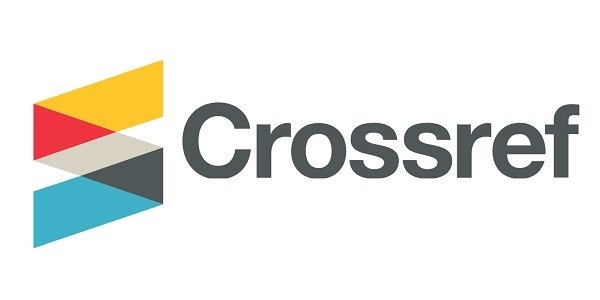PENYISIHAN POLUTAN DARI AIR LINDI TEMPAT PEMBUANGAN SAMPAH DENGAN METODE PRESIPITASI STRUVITE: PENGARUH DOSIS PRESIPITAN DAN pH
Abstract
Leachate is a waste water formed from the disposed garbage in landfill site. Leachate has a high content of ammonium that can contaminate water. Ammonium removal can be done by struvite precipitation. Struvite precipitation is a process of precipitation by chemical reactions assisted with precipitant chemicals containing Mg2+ and PO43- forming a precipitate of struvite crystals (MgNH4PO4.6H2O). This study aimed to determine the effect of molar ratio and pH on ammonium removal and other important pollutants from leachate. The leachate used for the experiments was taken from landfill Galuga, Bogor Regency that is used for disposal of municipal solid wastes from Bogor City and its surroundings. MgCl2.6H2O and Na2HPO4.2H2O were used as precipitants. The process was conducted in a jar test with stirring speed of 120 rpm for 15 minutes with sedimentation time of 45 minutes. Results showed that this process could reduce ammonium concentration as well as other important pollutant levels, such as COD, TSS, turbidity, and colour. The best ammonium removal efficiency was obtained at molar ratio of 1: 1.3: 1.2 and pH 9 with an ammonium removal of 80.51%. In this condition, removals of 46.67% COD, TSS 96.04%, turbidity 86.1%, and colour of 86.43% were achieved.
Keywords: Ammonium, leachate, molar ratio, precipitation, struvite
_page-00013.jpg)







_(1).png)

